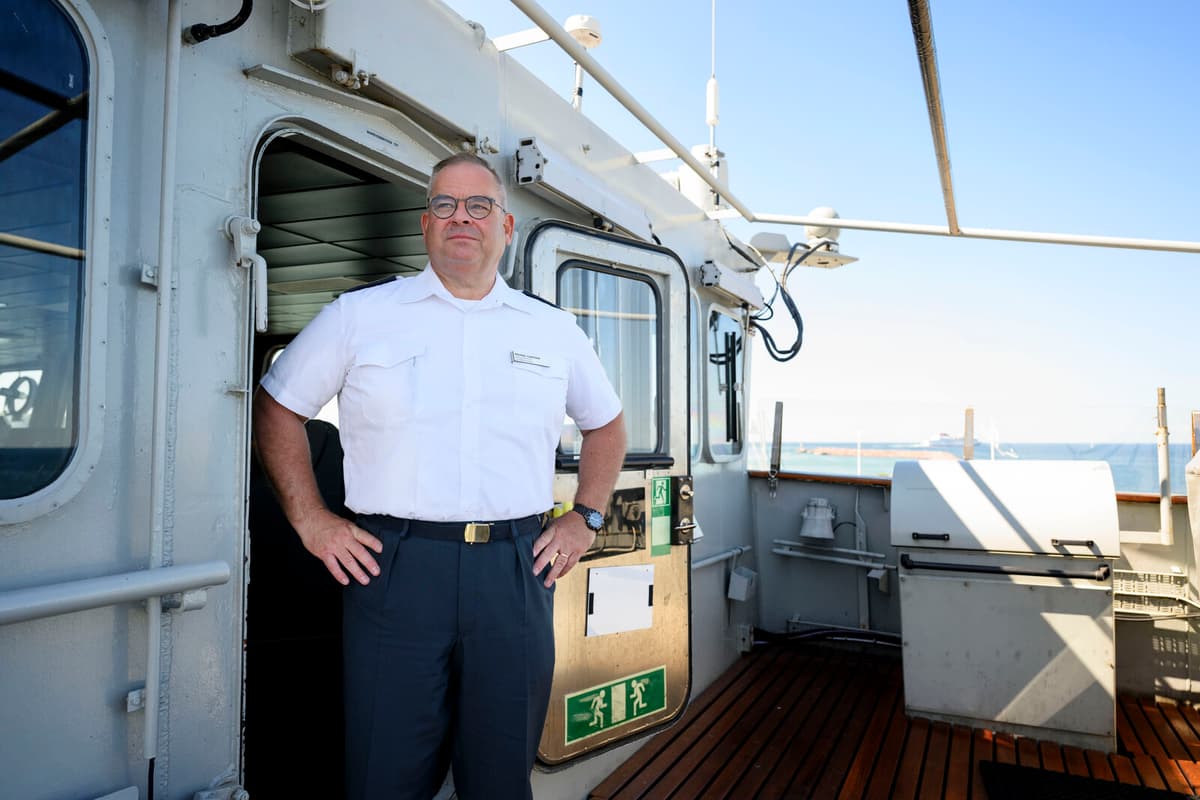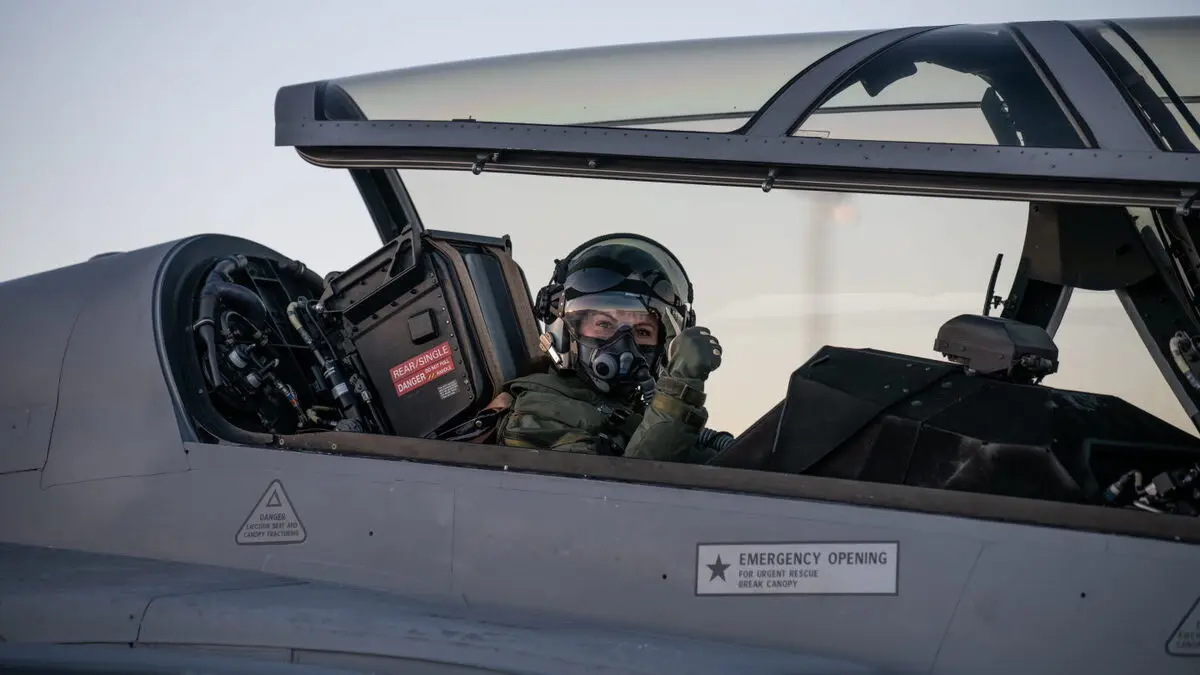The Swedish defense decision has established that Sweden will acquire more long-range weapons.
Concretely, it is about cruise missiles and rocket artillery that can strike targets within Russia -- which is a completely new capability for Sweden.
- Above all, it is about deterrence. To always have the possibility of not only fighting on one's own territory but also exposing an attacker to the risk of having to defend themselves on their own ground. Being able to strike logistics, assembly areas, and the like, says Supreme Commander Michael Claesson.
He is currently deciding what to purchase.
- It's about both airborne long-range capabilities and rocket artillery.
Does not name systems
He does not want to say which systems it is about, but he states that they are looking at two to three different suppliers.
The Supreme Commander does not name any. But one of the most well-known rocket artillery systems in the world is the American Himars, which can reach targets at a distance of up to 30 miles.
When asked what range is relevant for the Swedish part, the Supreme Commander replies that it can be between 15 and 50 miles.
This can be compared to the most powerful conventional artillery that Sweden has today, Archer, which reaches 3 to 5 miles.
The plan is to make a decision in the fall and place an order. According to the Supreme Commander, this would mean that Sweden can have these weapons in place within two to three years.
- We could play a much more active role in NATO's deterrence by having that type of system, not necessarily in Sweden but perhaps in Finland or the Baltics.
Drones and air defense
The Armed Forces will receive historically large reinforcements in the coming years to reach the new NATO target of 5 percent.
According to the Supreme Commander, the money will be used to realize NATO's latest capability goals, which are secret. But one thing he is clear about wanting to invest in is drones and air defense.
But rather than buying large quantities of drones and "putting them on the shelf," it's about learning from the Ukrainians, according to the Supreme Commander. He emphasizes that a drone can become outdated very quickly.
- The most extreme thing I've seen myself is how Ukrainian soldiers chat directly with industry, and industry manufactures through 3D printing, sends to the nearest functioning post office, and then it's brought to the front, not infrequently with another drone. So we're talking about days or a week in development tempo.
NATO Chief Mark Rutte has simultaneously demanded an increase of 400 percent for air and missile defense. For Sweden's part, it's about acquiring "more of everything" - from anti-drone systems and brigade air defense to Patriot and fighter jets.
Shoots rocket-propelled projectiles, unlike conventional artillery (such as Archer) which is driven by gunpowder.
Used to combat targets such as troops, vehicles, logistics, and fortifications at long range and can cause extensive damage.
The systems are often mounted on vehicles for rapid movement and can carry everything from simpler rockets to advanced GPS-guided weapons with ranges of up to several hundred kilometers.
Examples of modern systems are the American Himars, the Russian BM-30 Smerch, and the Israeli Puls.





